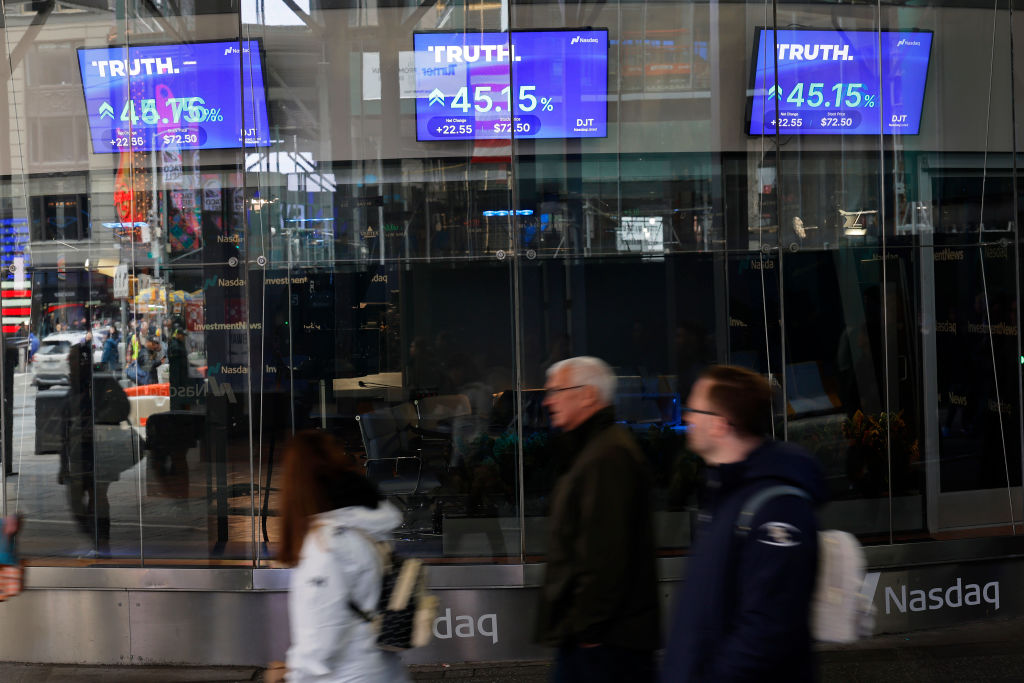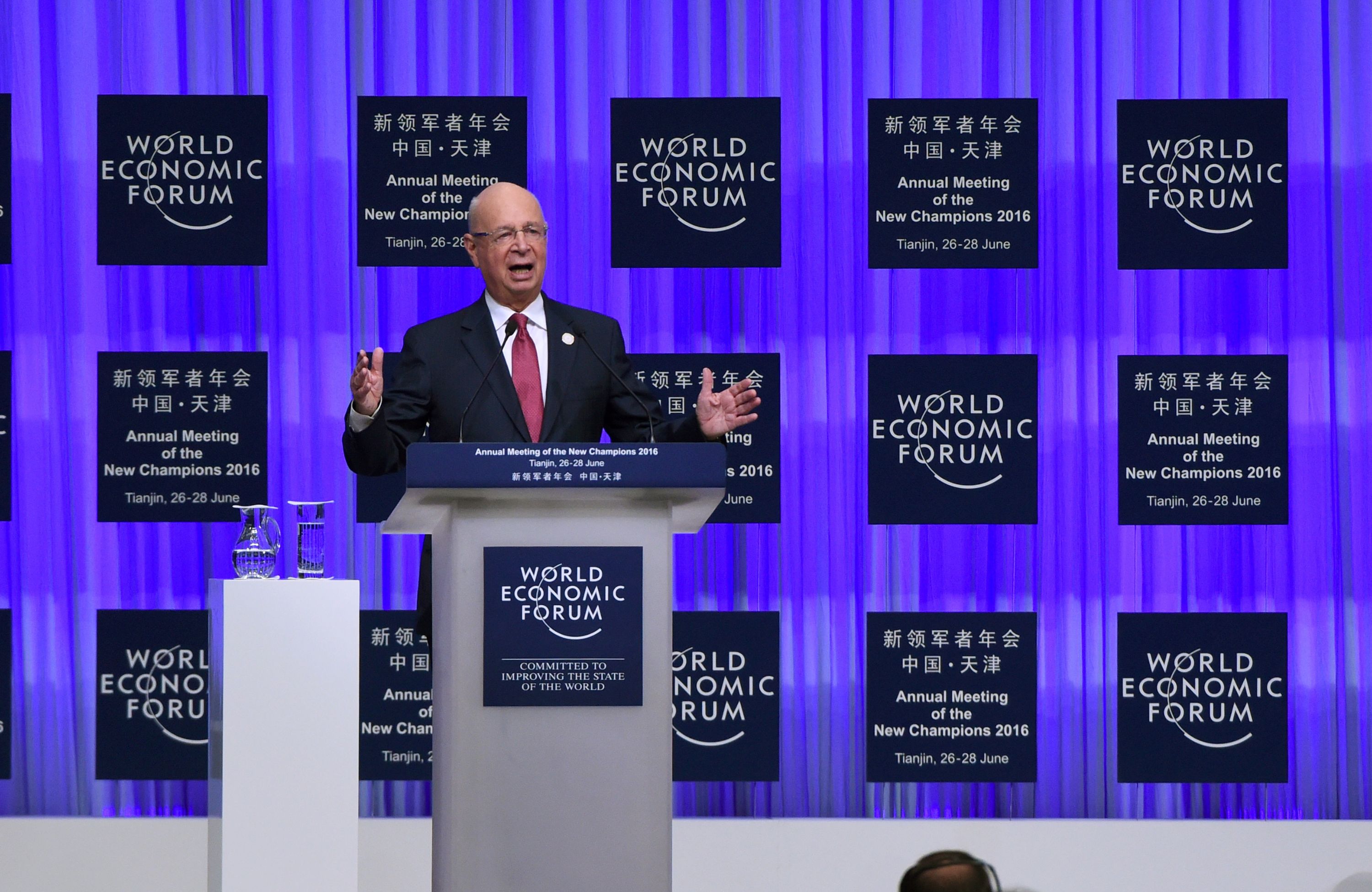Investors Flee US Stocks as Economic Data Hints at a Possible Downturn
By April Fowell
In the tumultuous landscape of U.S. financial markets, the seven days leading up to December 6 unfolded as a continuation of withdrawals from U.S. stock funds for a second consecutive week.
Investor caution was palpable as market participants awaited critical economic data that promised to unveil nuances in the Federal Reserve's interest rate trajectory.

(Photo : by Michael M. Santiago/Getty Images)
In the tumultuous landscape of U.S. financial markets, the seven days leading up to December 6 unfolded as a continuation of withdrawals from U.S. stock funds for a second consecutive week.
During this period, investors chose to offload $577 million worth of U.S. equities funds, a figure notably lower than the preceding week's net sales of $3.26 billion.
The market's current optimism about lower interest rates pivots on the forthcoming November non-farm payrolls report, a pivotal gauge of the economic landscape that holds the potential to either affirm or challenge prevailing market sentiments.
Santa Claus Rally
Market analysts have been musing about the prospects of a "Santa Claus rally," a phenomenon characterized by an upswing in equities from a projected low in mid-December. This phenomenon is often triggered by investors strategically selling underperforming companies to offset their tax liabilities, injecting a sense of seasonality into market dynamics.
Adding an intriguing layer to the financial narrative, the week witnessed a notable development with a reported $450 million withdrawal from large-cap equities funds, marking the first such occurrence in seven weeks.
In contrast, smaller segments of the market exhibited resilience, with small and multi-cap funds attracting net purchases of $1.2 billion and $651 million, respectively.
Despite this, mid-cap funds faced outflows amounting to $1.03 billion, underscoring the nuanced nature of investor preferences across different market capitalizations.
However, amidst these fluctuations, U.S. equities sector funds managed to attract approximately $2.89 billion in inflows.
Notable contributors to this influx were the banking sector with $1.32 billion, real estate with $884 million, and the communication sector with $550 million. These sectoral dynamics reflect investors' nuanced approach, seeking opportunities and shelter in specific industries amidst broader market uncertainties.
Meanwhile, for the eighth consecutive week, investors continued to exhibit a risk-averse approach by channeling approximately $54.58 billion into money market funds.
This sustained trend suggests a prevailing preference for safer investment vehicles amidst the ongoing economic uncertainties and market volatility, highlighting the importance of preserving capital in times of ambiguity.
Read Also: CEOs Urge Lawmakers: Pump the Brakes on Regulations, Risk Economic Fallout
Net Selling Trends and Strategic Shifts
Shifting focus to the fixed-income landscape, U.S. bond funds experienced a third consecutive week of net selling, with withdrawals totaling $2.56 billion.
Investors showcased a preference for high yield and short/intermediate investment-grade funds, with acquisitions amounting to $1.93 billion and $572 million, respectively. Conversely, there were significant sell-offs in U.S. short/intermediate government & treasury funds and general domestic taxable fixed income funds, totaling $3.94 billion and $1.51 billion, respectively.
The financial markets in the week leading up to December 6 exhibited a complex interplay of investor sentiments. Cautious withdrawals from U.S. stock funds, the prospect of a potential year-end rally, and a sustained preference for safer investment avenues in the form of money market funds characterized the broader market landscape.
The dynamics of the fixed-income market revealed a nuanced picture, with investors making selective investments in high-yield and investment-grade funds while strategically divesting from certain bond categories. As the market remains on tenterhooks awaiting crucial economic data, the trajectory of these trends remains uncertain, contributing to an environment of heightened anticipation and strategic decision-making among investors.
Related Article: Supreme Court Case Threatens Billionaire Taxes, Could Unleash Chaos on U.S. Finances












